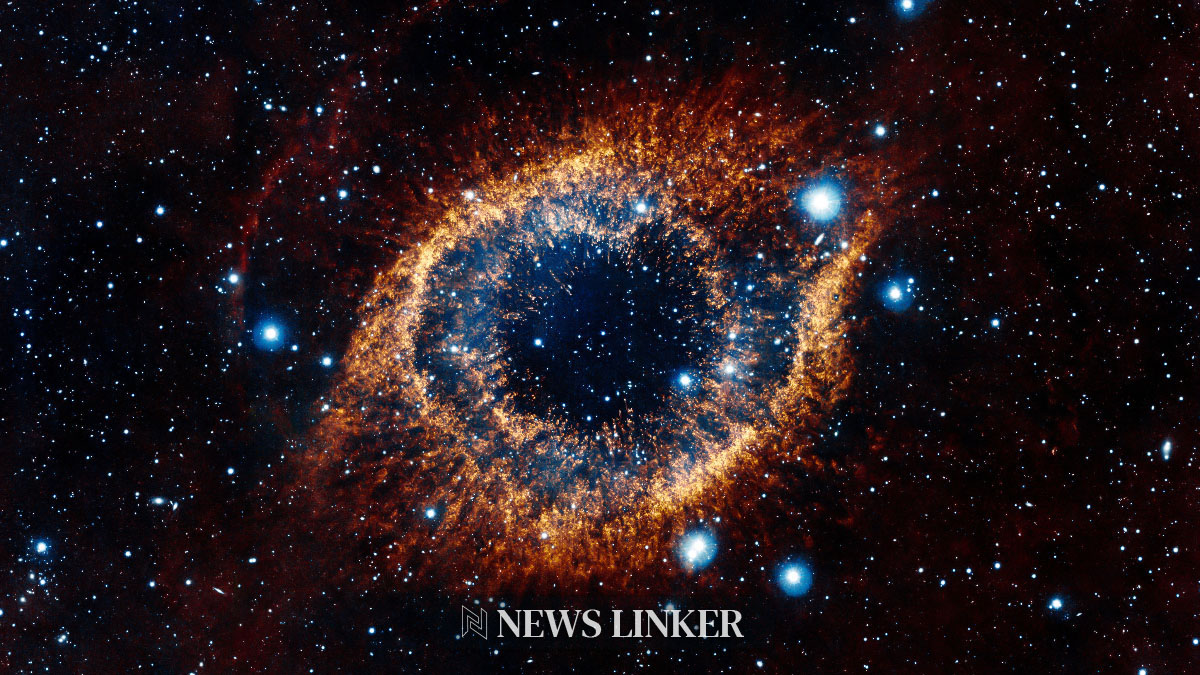The 2024 total solar eclipse offered a unique celestial spectacle observed from both Earth and space. Various Earth-observing satellites, like GOES-16, provided stunning visuals of the moon’s shadow sweeping over the planet, enhancing our understanding of such phenomena. This exceptional viewing experience was shared by many across North America, capturing the public’s imagination and enthusiasm for astronomy.
Spectacular celestial events like the 2024 eclipse have consistently drawn attention and excitement. Historical records and previous studies have shown that solar eclipses have not only scientific significance but also cultural and educational impacts, enriching public engagement with science. This particular eclipse was no exception, with its path of totality stretching from Mexico through large parts of the United States and into Canada, offering a rare observational opportunity that was extensively documented and shared on social media platforms.
What Did Space Observations Reveal?
Space-based observations provided a broader context for the 2024 eclipse. Satellites like NASA‘s Deep Space Climate Observatory captured extensive footage of the eclipse’s progression, which is invaluable for educational and scientific purposes. These images from space not only captivate public interest but also contribute significantly to our understanding of Earth’s geophysical and atmospheric properties.
How Did Observers Participate on the Ground?
Observers on the ground participated enthusiastically, employing various methods like eclipse glasses and pinhole projectors to view the event safely. The shared experience, whether under clear skies or cloud cover, resonated widely, highlighting the communal aspect of observing such awe-inspiring natural events. Specialized events, such as eclipse flights, allowed enthusiasts to extend the duration of totality, showcasing the lengths to which aficionados go to experience these moments.
What Does Research Indicate About Public Interest?
A scientific paper from the Journal of Astronomical Telescopes, Instruments, and Systems, titled “Public Engagement with Astronomy Through Solar Eclipse Experiences,” explores the surge in public interest during solar eclipses. The study emphasizes how such events significantly boost public engagement with astronomy, leading to a greater appreciation and understanding of science among the general populace.
Points to Take Into Account
- Viewing a solar eclipse safely requires proper methods like eclipse glasses.
- Space-based observations provide crucial data for scientific research.
- Public engagement events can significantly enhance interest in astronomy.
The 2024 eclipse not only offered an extraordinary view but also played a crucial role in educational outreach, bringing astronomical phenomena into public discourse. The extensive coverage and documentation of this event have provided valuable data for ongoing scientific research and have shown the powerful impact of such natural spectacles in boosting public interest in science. Future eclipses are anticipated to continue this trend, offering further opportunities for discovery and community involvement.










